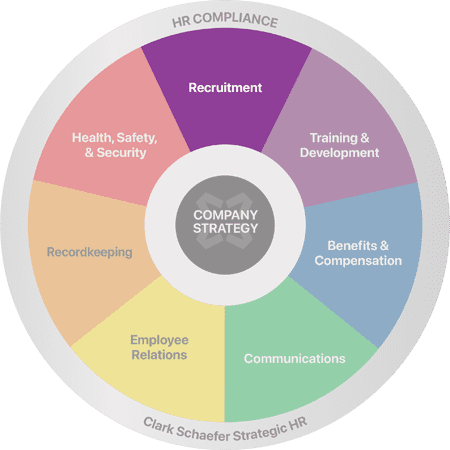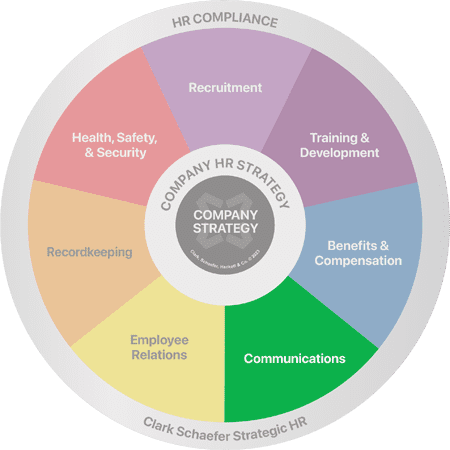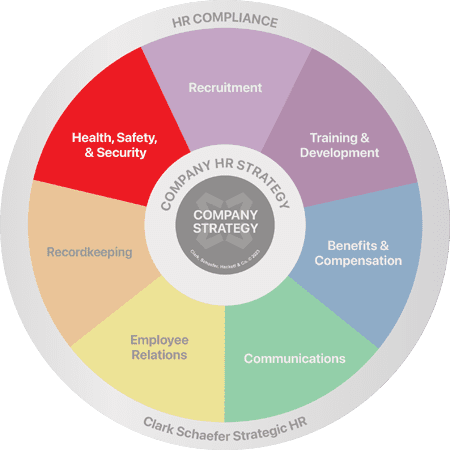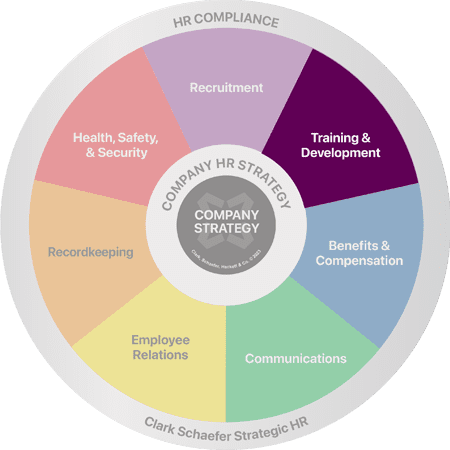Empathy First — A Modern Approach to Conducting Not-for-Profit Layoffs with Empathy

Layoffs are never easy. For not-for-profits (NFPs), where mission-driven cultures and tight-knit teams are the norm, the impact of workforce reductions can feel even more personal. Yet in times of economic uncertainty, funding changes, or strategic realignment, reductions in force (RIFs) may be unavoidable. Although consideration for the necessary legal concerns related to a layoff is necessary, conducting a layoff with empathy and safeguarding your organization’s reputation and honoring the people behind the positions is equally important.
Why Empathy Matters In Lay Offs
Research shows that organizations that handle layoffs with compassion preserve trust with both departing and remaining employees. In the NFP sector, this trust extends to donors, partners, and the communities served. When people feel heard and respected, they’re more likely to speak positively about their experience, even in difficult circumstances.
Read on and discover four golden rules, to help your organization conduct a layoff by leading with empathy.
1. Communicate Clearly — and Kindly
One of the biggest mistakes leaders make is failing to communicate openly. Surprises and rumors create panic. Instead, plan announcements thoughtfully. Draft separation letters and prepare scripts for managers. Hold private meetings with affected employees and follow up with all-staff updates that reinforce the organization’s values and explain next steps.
Be prepared for questions: severance details, benefit continuation, and references are just a few concerns people may have. An FAQ sheet can help employees absorb information during an emotionally charged time.
2. Offer Meaningful Support
A layoff doesn’t have to be the end of your relationship with valued staff. Outplacement services, job placement assistance, or counseling resources can make a huge difference in how employees transition. For NFPs, tapping into sector networks to connect people with other mission-driven opportunities is a powerful way to show care beyond employment.
3. Focus on the Team That Remains
Layoffs ripple outward. Remaining employees may feel survivor’s guilt or worry about their own job security. Hold follow-up meetings to check in. Invite questions, listen actively, and share how leadership is supporting the team moving forward. Small gestures of appreciation and transparency go a long way in rebuilding morale.
4. Lead by Example
Navigating a layoff with empathy requires leaders to model grace and honesty. Prioritize respectful conversations over hurried announcements. Be available for follow-up discussions. And remember, how you treat people at their most vulnerable moments says more about your organization’s culture than any mission statement ever could.
Lean Into Empathy
Workforce reductions test the character of any organization. NFPs, in particular, have the opportunity to approach them differently — centering people first, even when making tough business decisions. By planning carefully and leading with empathy, your organization can weather change while remaining true to its mission and values.
If your business is considering a reduction in force, the team at Clark Schaefer Strategic HR is available to help coach you through the process and decisions that will need to be made. We are here to help you through the tough times – just contact us.








